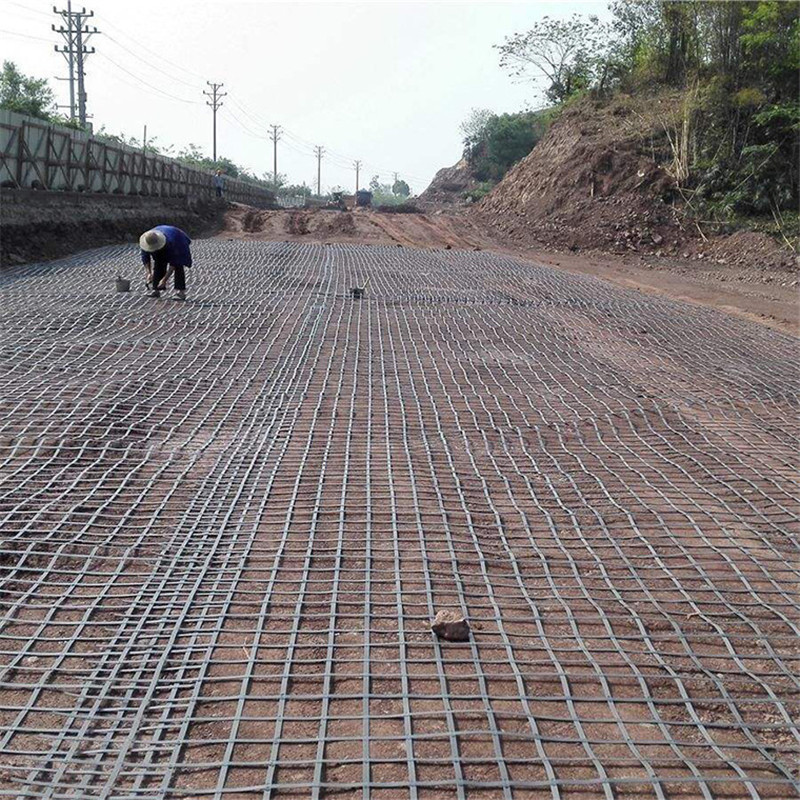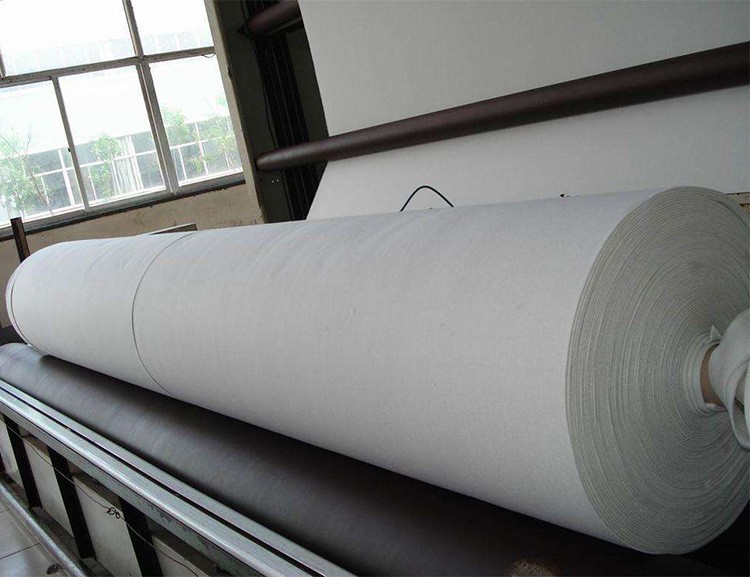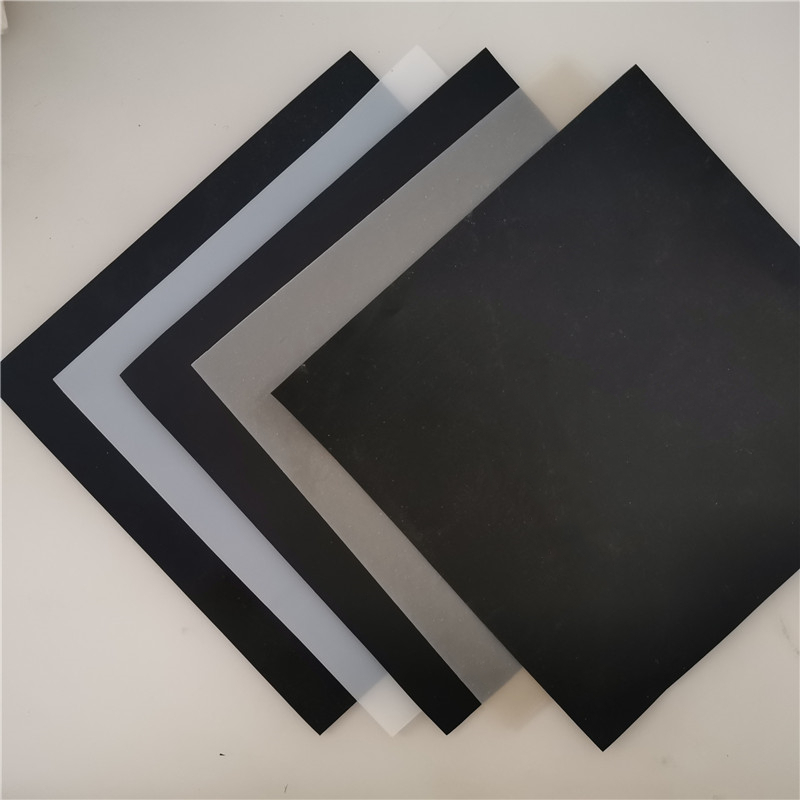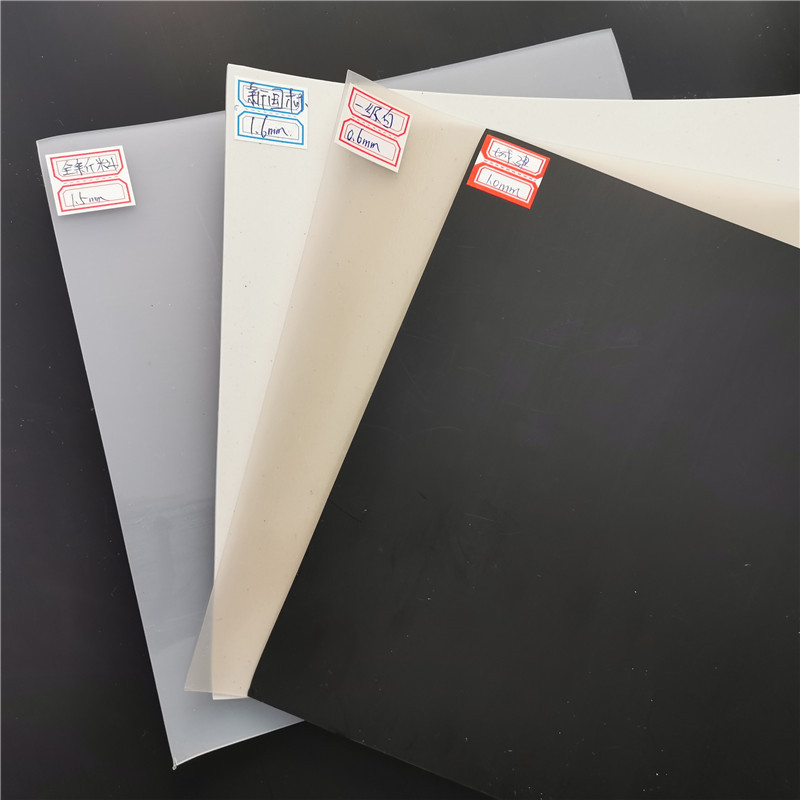详细内容:

Construction process flow of geogrids for subgrade engineering
Construction preparation (material transportation, layout)→ base treatment (cleaning)→ geogrid laying (laying method, lap width)→ filling material (method, particle size)→ Rolling geogrid → lower geogrid laying.
Construction method
① Foundation treatment
First, the lower layer should be leveled and compacted. The flatness should not exceed 15mm, and the compaction degree should meet the design requirements. There must be no hard protrusions such as crushed stones or block stones on the surface.
② Geogrid laying
When storing and laying geogrids, avoid direct sunlight and prolonged exposure to prevent performance deterioration.
b. Lay it perpendicularly to the direction of the line, with the lap joint meeting the requirements of the design drawing. The connection should be firm, and the strength at the connection point in the force direction should not be less than the designed tensile strength of the material. Moreover, the overlapping length should not be less than 20cm.
c. The quality of the geogrid complies with the provisions of the design drawings.
d. Construction should be continuous, without distortion, wrinkling or overlapping. Pay attention to taut the grid to ensure it bears force. Manually tighten it to make it uniform, flat and closely adhere to the lower bearing surface. Fix it by measures such as inserting nails.
e. When using geogrids, the direction of the long holes should be consistent with the cross-sectional direction of the lines, and the geogrids should be straightened and leveled. The end of the grille is treated as per the design.
f. After the geogrid is laid, the packing material should be filled in a timely manner, with an interval not exceeding 48 hours, to prevent it from being directly exposed to sunlight.
③ Filler
After the grating is laid, it should be filled in time. Filling should be carried out symmetrically in accordance with the principle of "first on both sides, then in the middle", and it is strictly prohibited to fill the middle part of the embankment first. The packing material is not allowed to be directly unloaded onto the geogrid. It must be unloaded on the already spread soil surface, and the unloading height should not exceed 1 meter. All vehicles and construction machinery are not allowed to walk directly on the laid geogrids. They are only permitted to travel along the direction of the embankment.
④ Roll up the grating
After the first layer of fill soil reaches the predetermined thickness and is compacted to the designed density, the geogrid is rolled back by 2 meters and tied to the upper layer of geogrid, and then manually trimmed and anchored. At the outside of the rolled end, 1 meter of soil is piled up to protect the geogrid and prevent it from being damaged by humans.
⑤ Complete the laying of one layer of geogrid according to the above method, and proceed with the laying of other layers of geogrid in the same way and steps. After the grid was laid, the filling of the upper embankment began.
Construction precautions
① The direction of the maximum strength of the grid should be consistent with the direction of the maximum stress it is subjected to.
② Heavy vehicles should be avoided driving directly on the laid geogrids as much as possible.
③ Try to minimize the amount of cutting and sewing of geogrids to avoid waste.
When working in cold seasons, geogrids become hard and are prone to cutting hands and rubbing knees. Safety should be taken into consideration





